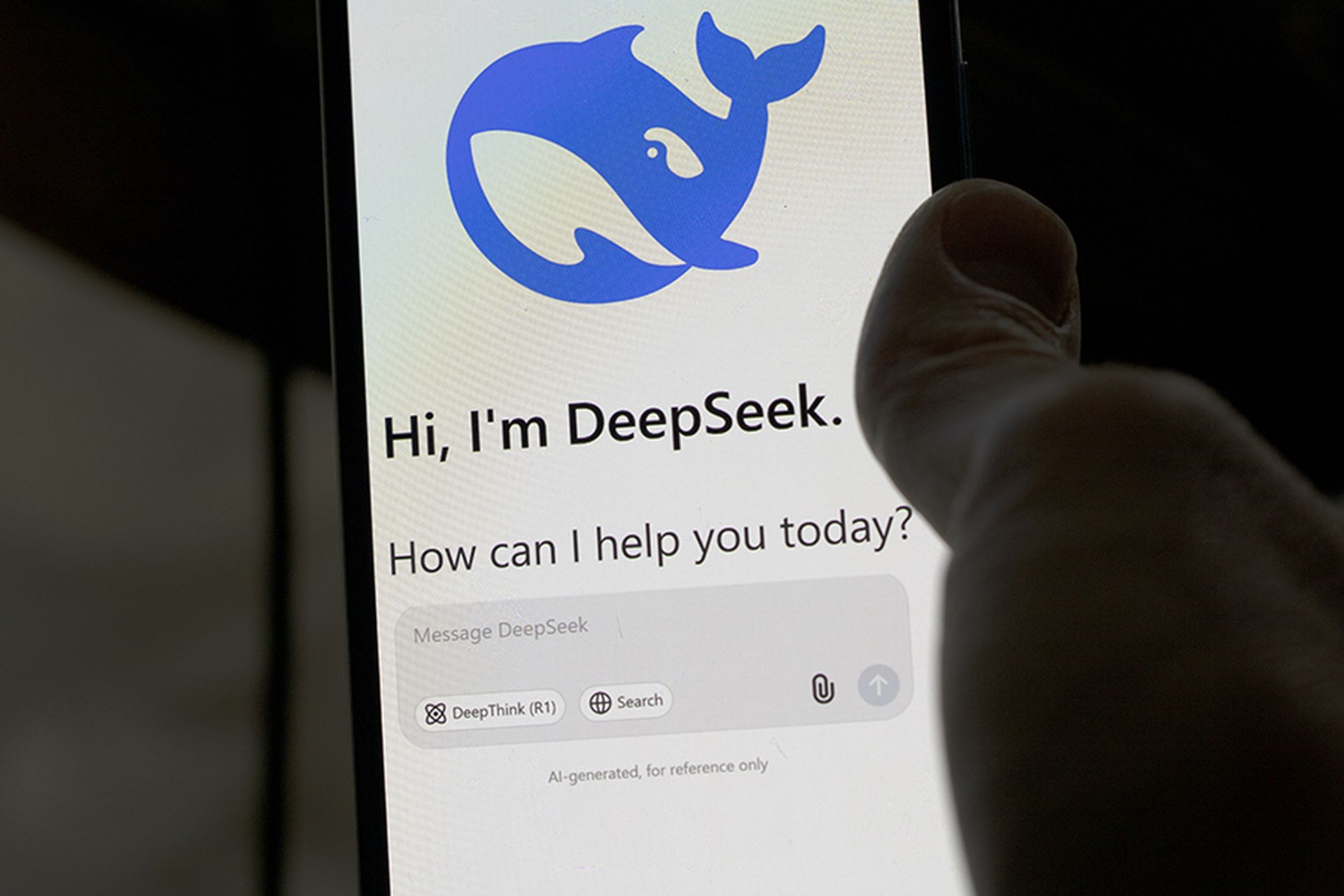Transcript of Interview Between SC Media and Chris Inglis
What follows is an edited transcript of Chris Inglis' remarks at the Hybrid Identity Protection Conference.Q: What is your keynote address about today?Chris Inglis: We live in a period of great change—that’s probably an understatement. My keynote focuses on the strategic trends driving those changes. I’m exploring whether the "why" of digital infrastructure has changed, how our circumstances have evolved, and, most importantly, how our responsibilities have shifted. That last point is particularly interesting—our choices define our future.For example, a recent report revealed that 72% of cyberattacks on enterprises occur during holidays. It’s not because attackers suddenly have free time but because they know we often reduce staffing at those times. That’s a conscious choice. It might not be top of mind, but it’s a choice to withdraw strength when we should rise to meet potential threats.Q: How do you approach the role of choices in shaping cybersecurity outcomes?
Inglis: I use a hypothetical conversation between a CEO and a Chief Information Security Officer (CISO) to illustrate this. The CEO asks, “How are we doing in cybersecurity?” and the CISO nervously replies, “In one word? Bad.” The CEO presses for two words, and the response is, “Not good.”The reality is, the gap between a good and bad outcome isn’t fate—it’s the choices we make. It’s how we assign duties, prepare teams, and respond to threats. Cybersecurity is less about technology or expertise and more about doctrine. Choices about how we structure defenses often matter more than the tools themselves.Q: How should organizations prepare for unexpected crises?
Inglis: Organizations need augmentation strategies. They must know how to transition from “peace and tranquility” to “emergency crisis” mode. Those that prepare by arranging additional resources—whether legal, technical, or operational—are better equipped to weather crises.On the other hand, organizations that assume resources are fixed often struggle. Attackers can outmaneuver them by knowing their weaknesses better than they do. Successful organizations know their architecture better than any adversary. Even if attackers infiltrate, defenders must be agile and audacious in protecting their systems.Q: What role does collaboration play in cybersecurity resilience?
Inglis: Collaboration is crucial. Organizations need coalitions and partnerships to ensure robust defenses. When an adversary attacks, they must face not just one company but an entire team—technology, people, and systems working together. This approach flips the script: attackers have to beat everyone, not just a single entity.Q: What are your thoughts on regulations in cybersecurity?
Inglis: I’ve often leaned toward minimal regulation, believing in innovation and individual initiative. However, cybersecurity is different. Safety and resilience in cyberspace cannot be discretionary. For too long, innovation and market efficiency have taken precedence over safety.We need balanced regulations that harmonize responsibilities without stifling innovation. Think about the transportation sector—vehicle manufacturers, road designers, and regulators all contribute to safety. Similarly, cybersecurity should be a collective responsibility with systems built to navigate safely despite challenges.Q: How do you view the current state of cybersecurity threats?
Inglis: We’re living through a slow-motion crisis. Cyber threats are constant, but they’re diffuse—spread across time and space. It’s not one massive event, but countless smaller incidents. If we concentrated these failures into a single moment, we’d see the severity more clearly.The reliance on digital infrastructure demands immediate action. Organizations must invest in technology, expertise, and assigning clear roles and responsibilities. Identity systems like Active Directory are particularly vulnerable and need to be a central focus of defense efforts.Q: Any final thoughts?
Inglis: Cybersecurity is about making choices—not just during crises, but in the day-to-day operations that set the stage for resilience. Technology is important, but strategy, preparation, and collaboration are what truly determine whether we succeed.




